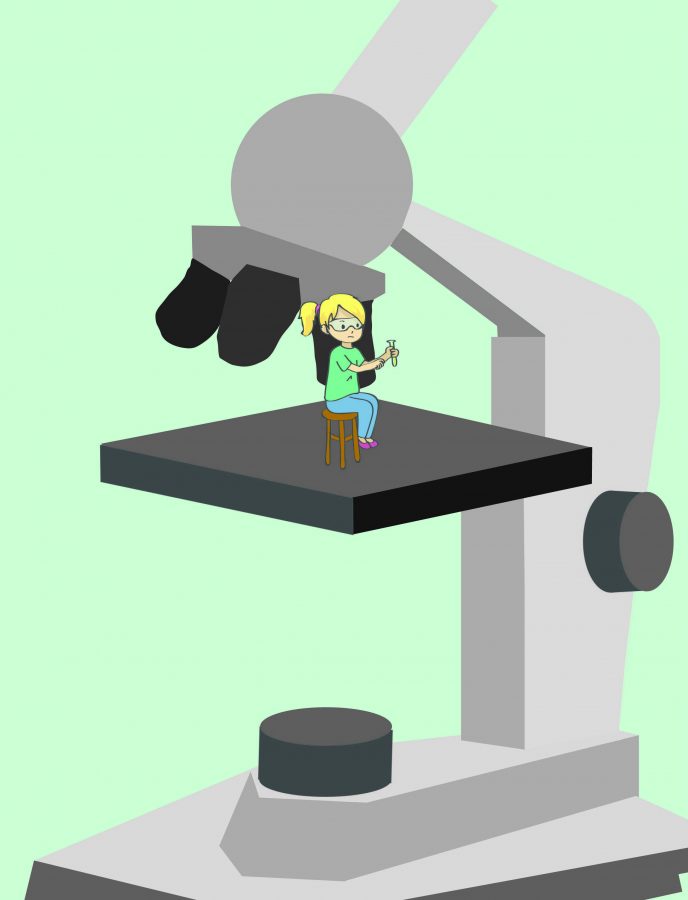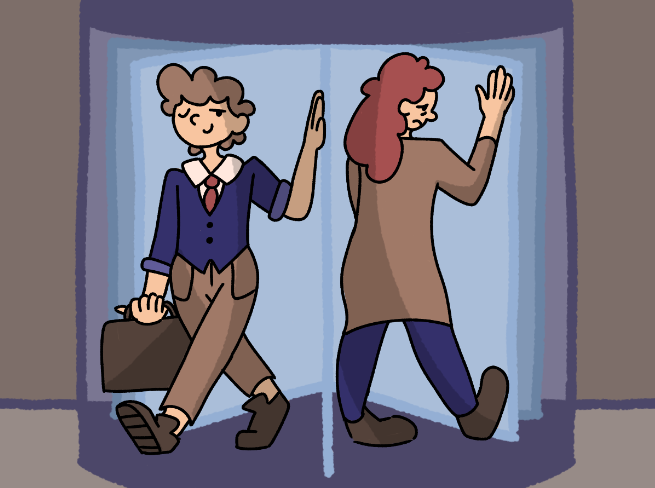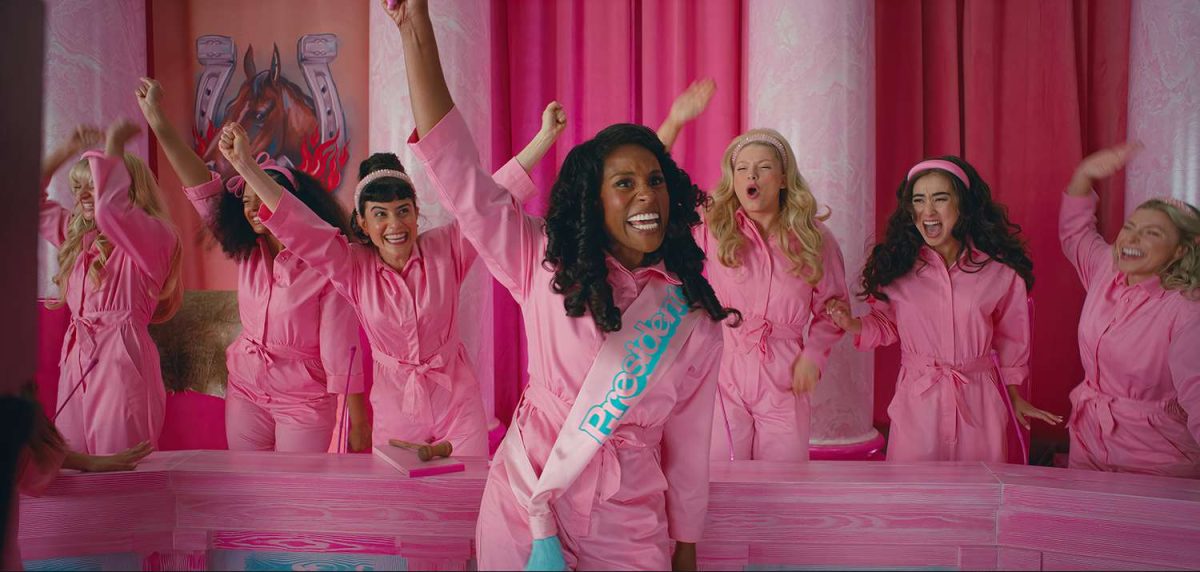 The thud of my footsteps was all I heard as I walked the halls of the Career Center, heading to my first class, Introduction to Engineering Design on the first day of school. Heart thumping, I tried to keep an open mind about it, unsure of what to expect. Many of my friends had already taken the class and I had heard good things about the teacher and the coursework. There was no reason to worry about anything else besides having friends in the class and keeping on top of the work.
The thud of my footsteps was all I heard as I walked the halls of the Career Center, heading to my first class, Introduction to Engineering Design on the first day of school. Heart thumping, I tried to keep an open mind about it, unsure of what to expect. Many of my friends had already taken the class and I had heard good things about the teacher and the coursework. There was no reason to worry about anything else besides having friends in the class and keeping on top of the work.
When I walked in, I breezed past everyone as I scanned their faces, looking for people I knew and could sit with. I caught the eye of my friend and grinned, sitting beside him and greeting his other friend. I took a quick glance around the room to see if I recognized anyone else, yet my actions were interrupted by my teacher beginning to speak. I turned my attention to the front, resigning myself to take a closer look later.
As my teacher listed off names, I took another look around the room and saw a class filled entirely with males, except for myself.
For years I have been told of a large gender disparity in the STEM, or Science, Technology, Engineering and Math fields. I knew Verizon, the phone company, released a commercial about encouraging girls to pursue science, instead of leading them away from it. I never understood why Verizon produced the commercial, for I was never pushed toward a different field. I saw plenty of girls in the labs of the University of Missouri-Columbia — despite people insisting on how there were less girls than boys.
I spent my childhood in the labs of MU, listening to my dad explain the science behind splitting and fusing atoms as well as the principles of nuclear physics and their applications. I ran experiments on the buoyancy of leaves and helped my brother with his more destructive, fire-related experiments. I would crouch in the backyard, on patches of dirt and pick any rock out of the ground. If an object were to break at home, we worked together to fix it instead of admitting defeat.
By definition, science is studying the natural world, and I grew up in a household where I was encouraged to study it. My curiosity never met resistance from the people I knew; instead, my family cultivated it, raising me to act upon what I observed and learned. I had no reason to believe this was different for everyone else.
Didn’t everyone dig for rocks and fossils in their backyard, collect seashells or research why they exist? Why would gender stop them?
I didn’t understand why it would. I was lucky enough to have never been taught that I had no place in a science or math field. I never understood the gender stereotypes since I rarely saw them at work, thanks to friends with similar interests and being surrounded by females majoring in science or math.
Perhaps my youth blinded me. Looking back, I remember the female students asking me my interests and their facial expression faltering when I told them how much I loved writing, when I detailed whatever story I was planning. I heard the quiet conversations the girls had, wondering about the enrollment list for the upcoming semester. I figured they were wondering if they knew anyone, not how many girls were arriving.
The students were old enough to understand what people think of gender roles. As I grew up and became acquainted with societal expectations, I learned women were not preferred or common in the STEM fields, that men knew more. I refused to believe this was a reality until my sophomore year, when I watched the stereotypes come to life on the first day of school.
Women hold only 26 percent of STEM jobs, according to the U.S. Department of Commerce. People say this is because society discourages girls from these jobs and fields, hearing that they are better off in women-dominated fields and jobs associated with females. To combat this, perhaps the world should take a page out of Verizon’s book, and proclaim loudly to the world that women can do a STEM job as just well as a man can.
I don’t know my future plans. I don’t know if my path in life lies in STEM, but my decision will be based on what I enjoy, not what is found socially acceptable. A person cannot please everyone, nor is the effort worth it if the cost is a fulfilling and happy future.
art by Erin Barchet
Do you think more women should be involved in STEM? Leave your comments below.
Categories:
STEM field stereotypes drive women out
October 9, 2015
1
0
More to Discover

















































































Emily Oba • Nov 10, 2015 at 10:33 pm
I’m glad that this issue of gender inequality in engineering jobs is being addressed. I know that I don’t want to be an engineer but some of my friends are thinking about it. My friend is thinking about being an engineer but she thinks it will be awkward being in a class full with guys. This story does a good job on emphasizing that gender does not decide what job you’ll do and/or if you’re good at something.